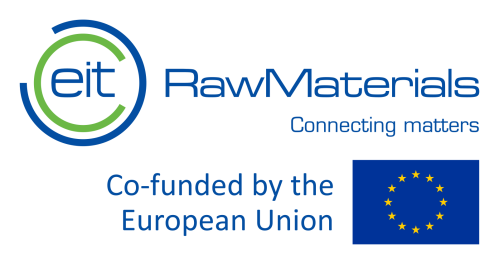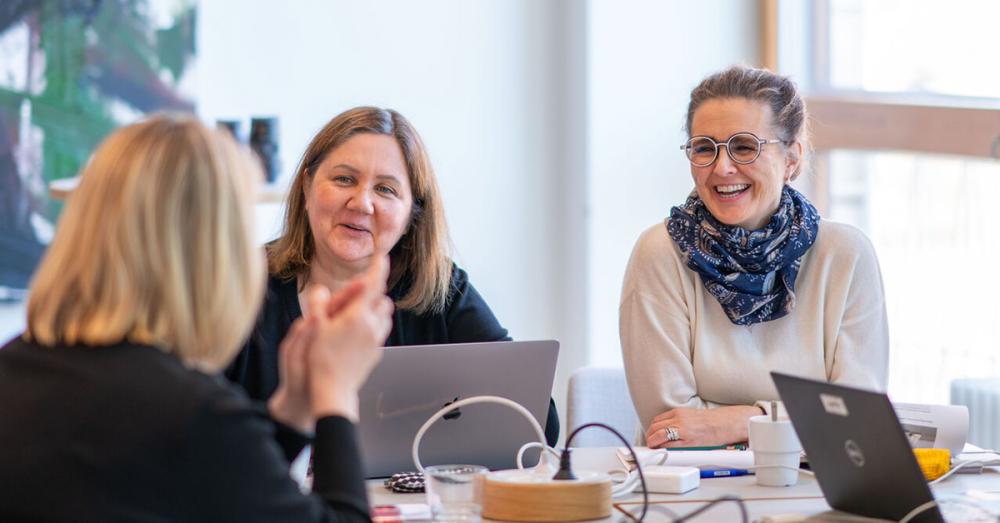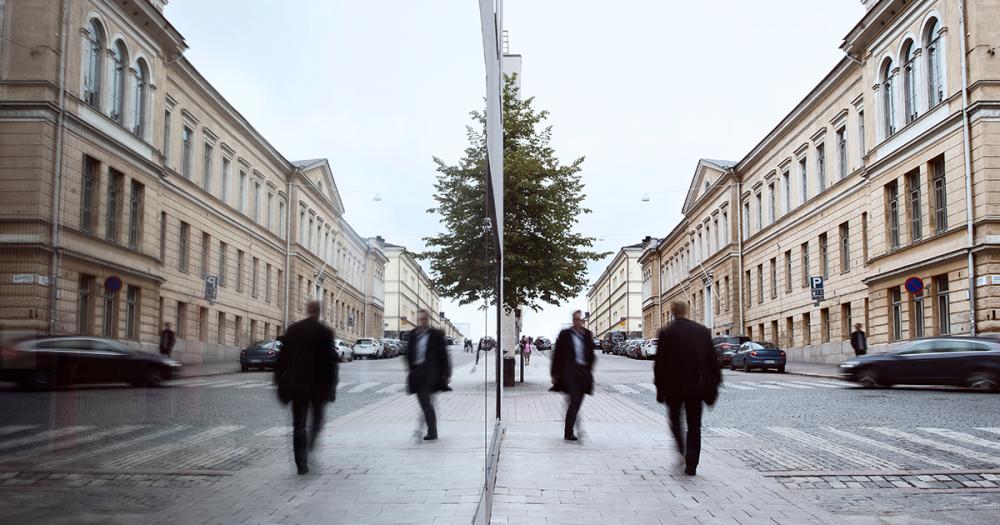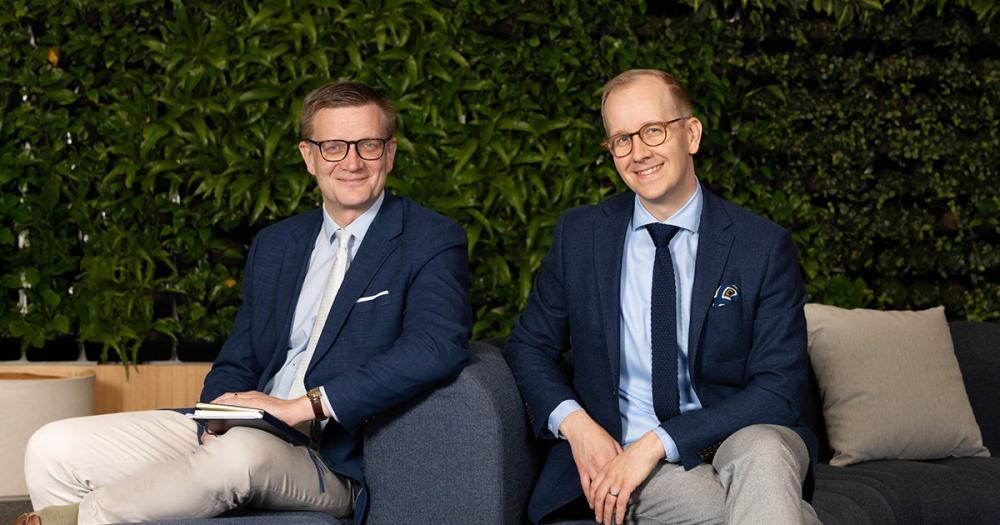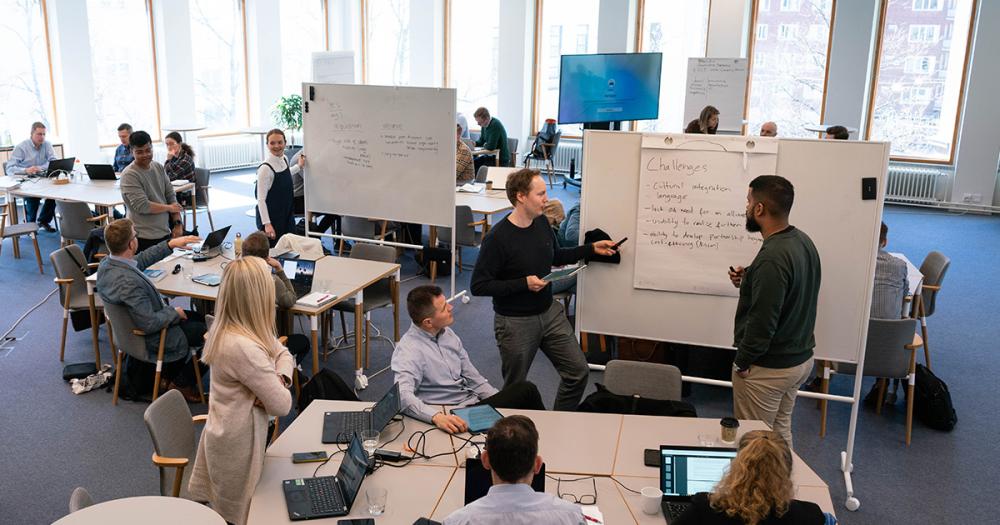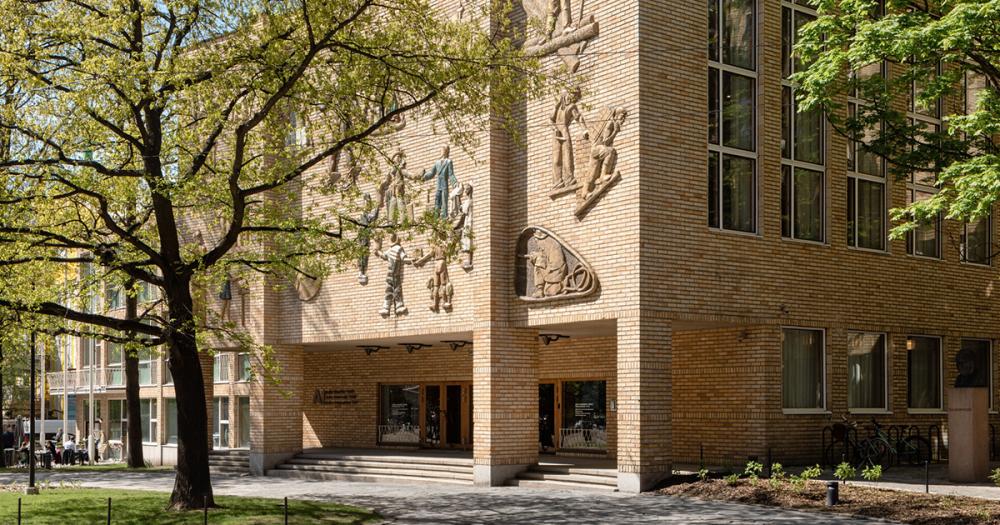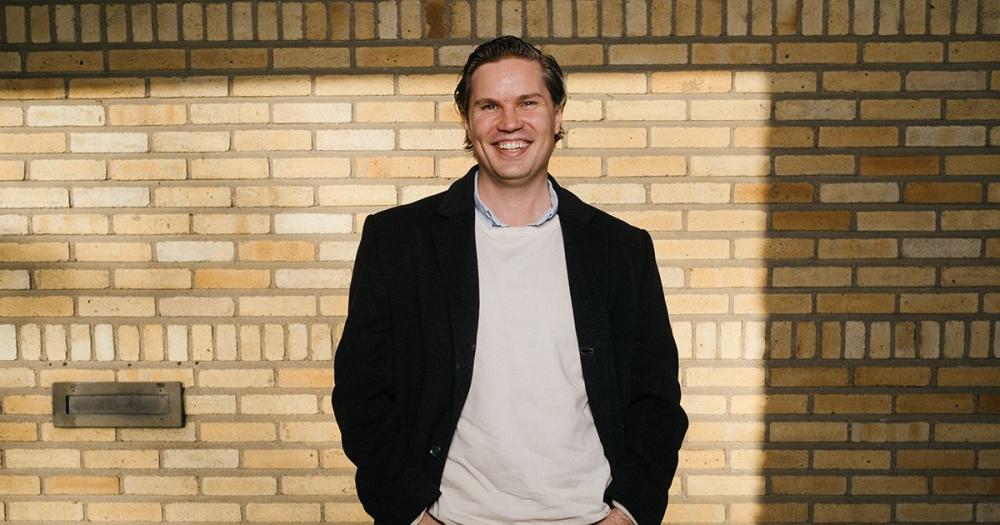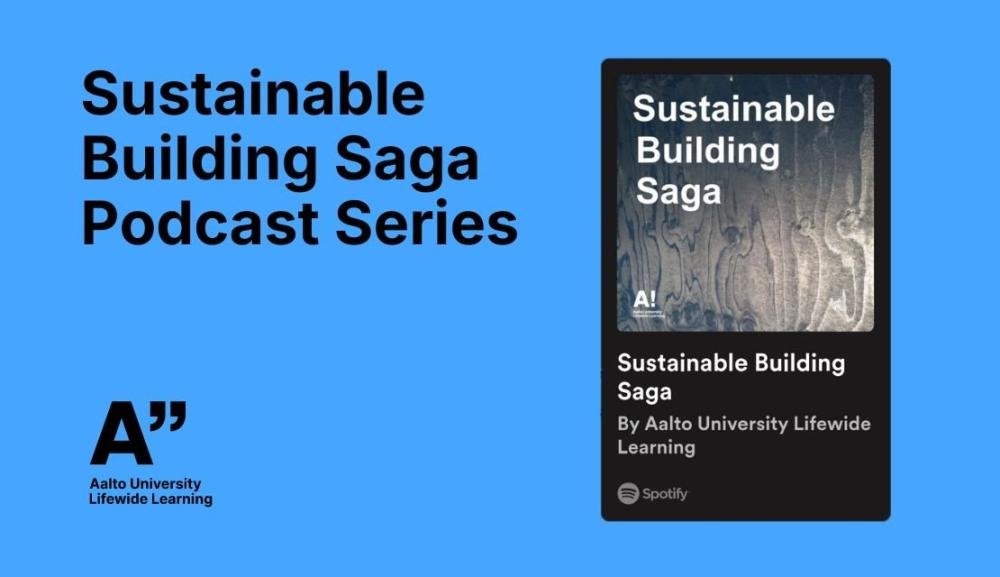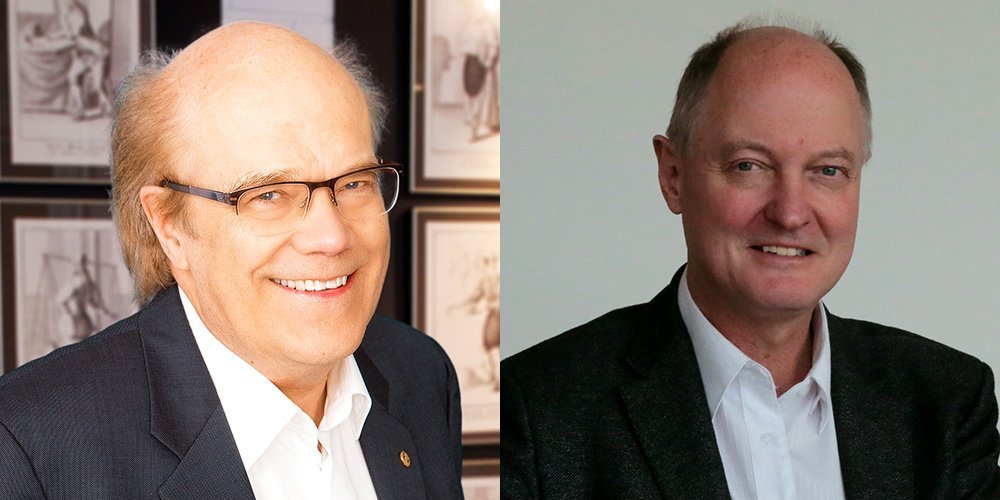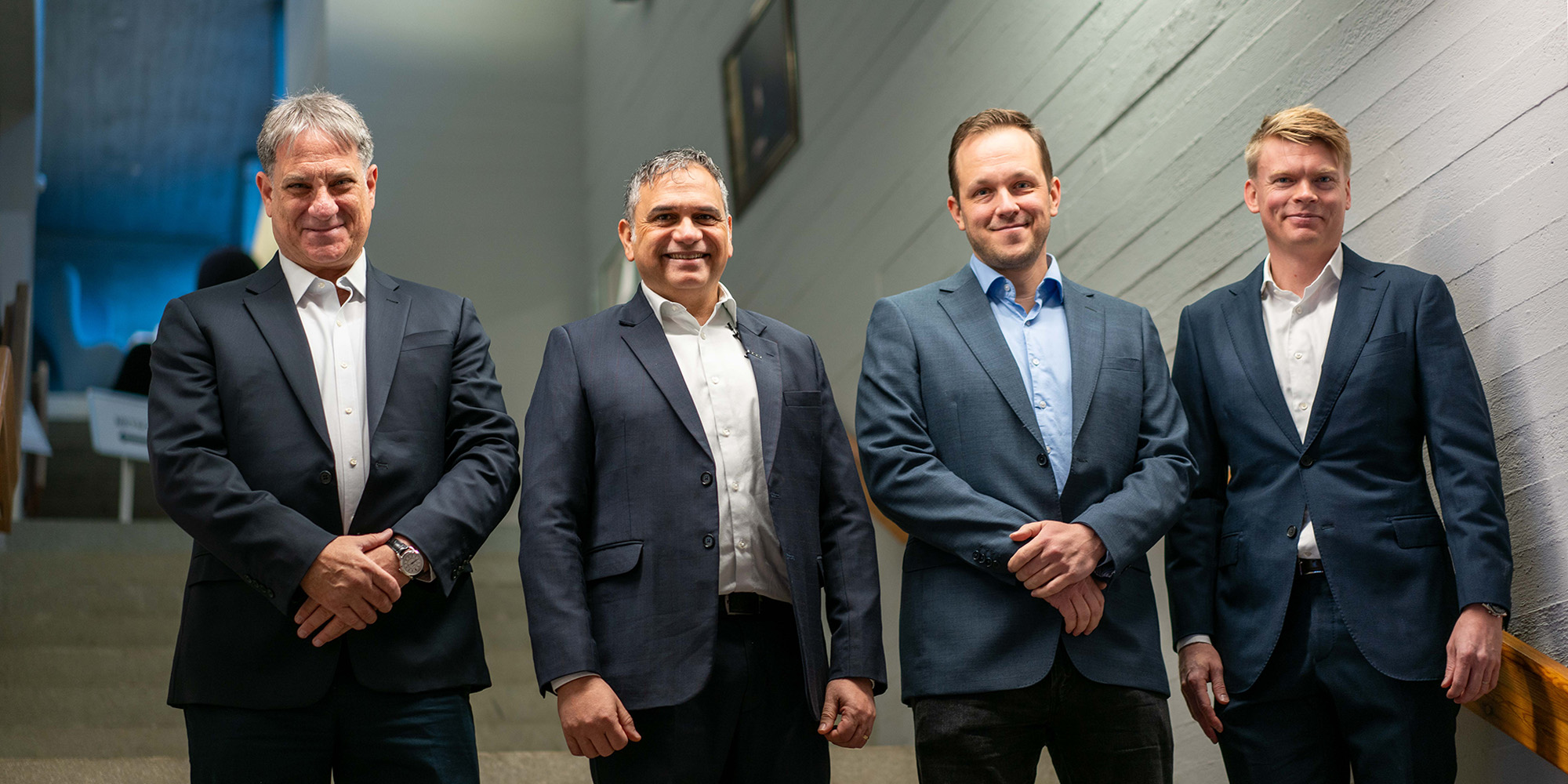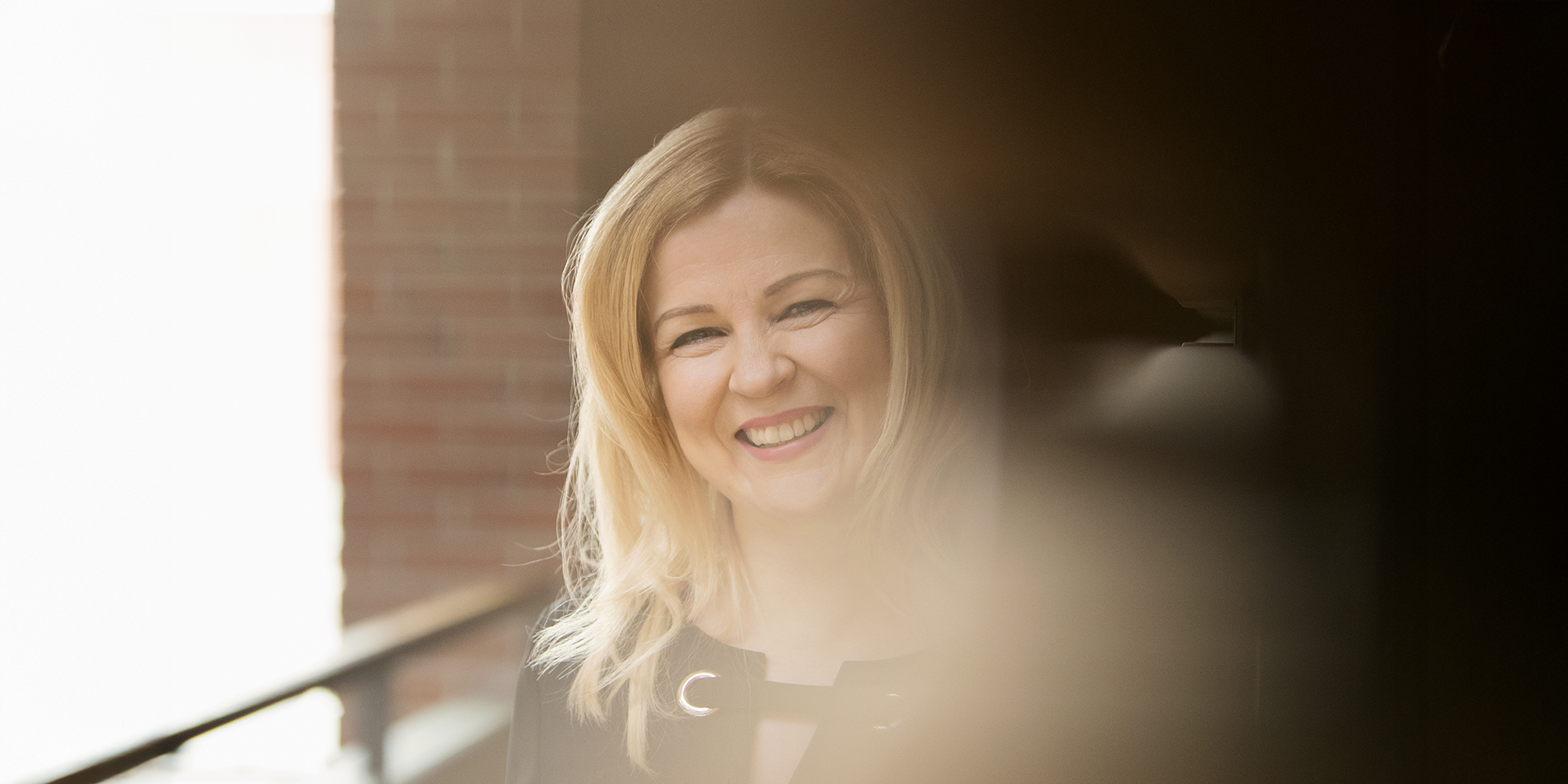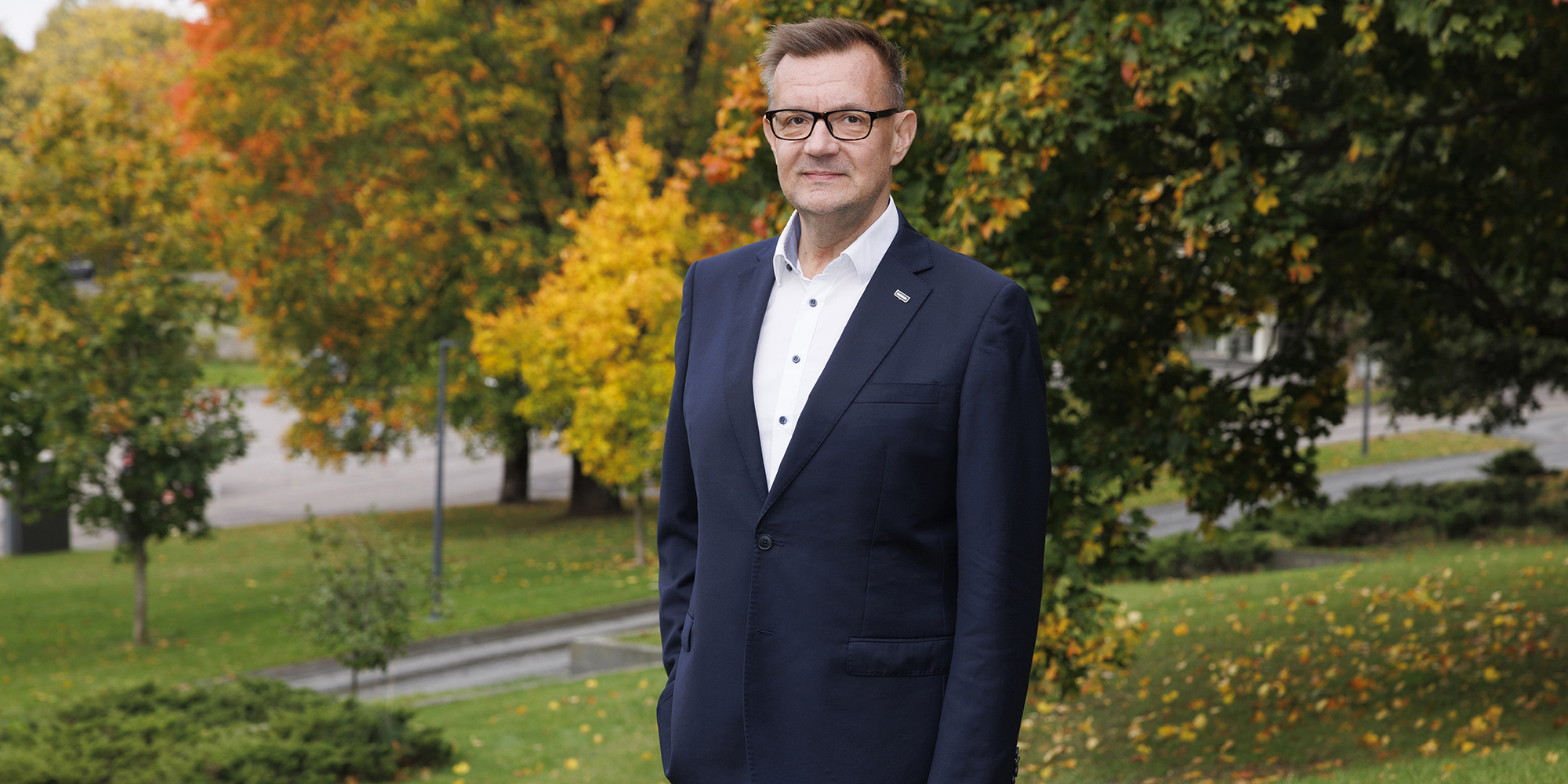Environmental considerations have always been taken into account in the research and development activities of the process industry, at least where related to process efficiency.
But true environmental awareness in the industry has only emerged during the last five years. Before that, it was often just pretty words.
This is the opinion of Antti Roine, Technology Director of the Modeling and Simulation department at Metso.
Life-cycle assessments, or LCAs, of environmental impact have typically been conducted by outsourcing the task to a sustainability consultant with tools and average figures designed for the purpose.
"LCA tools have often been designed by people other than engineers who do not necessarily understand the physics and technological detail of the field, and therefore things may get simplified to a level where the produced indicators may not be based on physics and reality. These are necessary for the metallurgical industry to innovate toward a greener future, and HSC Sim makes this possible if integrated with LCA," explains Markus A. Reuter, an honorary professor at TU Bergakademie Freiberg.
HSC Sim is a process simulator designed particularly for the mining industry but also for the use of other industries. The aim has beem to develop a simple yet powerful simulation tool for ordinary process engineers. It can used to simulate nearly all kinds of processes.
Today's process industry is interested in actual LCA figures. Customers, society, legislation and social media are pushing us to take environmental issues seriously.
As an industry, we must become more transparent about our environmental impact."
"When an outsider asks a company for data, the company can be disinclined to provide all the information. As an industry, we must become more transparent about our environmental impact. Using, for example, HSC Sim as a tool, companies have the ability with their detailed process knowledge to get specific footprints for their operations and thus lead the discussion and be less dependent on external consultants. Furthermore, using the tools for larger system analysis in the circular economy, more realistic efficiencies can be estimated both in terms of recoveries, footprints but also exergy," Reuter notes.
HSC Sim is a process simulator designed particularly for the mining industry but also for other industries. The aim has been to develop a simple but powerful tool for ordinary process engineers. It can be used to simulate nearly all kinds of processes.
Roine and Reuter are trainers in the Certificate in Advanced LCA Simulation program. Designed for engineering, chemistry and geology professionals who want to build their expertise in the sustainable processing of raw materials, the aim of the program is to promote circular economy in the process industry.
The program has been designed in international collaboration between Aalto University, Metso Outotec, TU Bergakademie Freiberg, the University of Bordeaux, Wroclaw University of Science and Technology, VTT Technical Research Centre of Finland, and Aalto University Executive Education and Professional Development. The program has been made possible by EIT RawMaterials funding.
Powered by decades of experience
Reuter and Roine are LCA pioneers who have been collaborating for a long time.
Roine has been involved in developing the HSC Chemistry software for decades. The software was originally designed for the research and development needs of the process industry, but it has since been used for process planning and process operation optimization as well.
Reuter, on the other hand, has a long history of studying and performing environmental footprint calculations: the first hand-calculated but scientifically valid footprint estimate was made for a German copper producer in 1993. In 2007, Reuter suggested to Roine, who were both working at Outotec at the time, that environmental impact LCAs as well as exergy could be integrated into HSC Chemistry.
"Markus was fairly persistent about it. In 2011, Outotec received funding for the project, and since 2020, we’ve had a software that can be used in process planning, as a digital twin engine, and for calculating environmental footprints," Roine recalls.
Efficient process operation saves both energy and raw materials, improving both sustainability and profitability."
Roine and Reuter list pioneering companies with whom they have collaborated in the past: copper producers Aurubis and KGHM; mining, smelting and metal recovery company Boliden; and Roine's employer, metals processing technology expert Metso.
Including LCAs in process planning and process operation makes it easy to combine the positive environmental impacts with more efficient business operations, especially also to quantify what is carbon-neutral. In addition, the combination of LCA tool and exergetic analysis that Roine and Reuter included into HSC, makes this a rather powerful combination to fully understand the limits of systems, as well as metallurgical processing technology and flowsheets.
"Efficient process operation saves both energy and raw materials, improving both sustainability and profitability. Typically, if you can improve process efficiency, you can also recover more metals and consume less energy and water," observes Roine.
Unique process, similar unit operations
In the process industry, particularly in metallurgy, which focuses on metal production and refining methods, almost every process is unique. The properties of the raw materials used vary by origin.
But all processes consist of similar unit operations. Modelling is possible when the software knows the individual building blocks and how to calculate the elemental, energy and exergy balances.
"Process efficiency will depend on the quality of the raw materials, which is why a designated process model is required for each process," Roine emphasizes.
Common LCA tools are difficult to apply for processes that do not exist, whereas according to Roine, the HSC software enables utilizing the environmental footprint to optimize both the existing process and the process of a new factory.
Situations vary from case to case, but Roine estimates that the software has the potential to decrease the environmental impact of a continuously running process by approximately 30 percent and that of a completely new factory by up to 90 percent. At the same time, it helps reduce the consumption of, e.g., raw materials, energy and water by increasing the process efficiency.
"Emission reductions in a new factory will succeed if the factory is sensibly designed and cycles are closed. It is both more efficient and environmentally friendly to have process water flow in a closed circle instead of always taking new water in from the river and recirculating it back to nature after use, for example."
When talking about the life cycle environmental impacts of the products of the process industry, the calculations must include the users of the products: the goods-producing manufacturing industry and the recycling of these goods. There is still a lot of work to be done here as well, both in terms of how accurately the environmental impacts are calculated and how recycling is taken care of as efficiently as possible.
Efficient recycling at the elemental level
"Cars, mobile phones, and other goods cannot be recycled as they are, but the process industry has systems in place for reusing their materials. Recycled metals can be utilized down to the elemental level; for example, gold is often produced as a by-product of the copper industry," Roine points out.
Reuter has designed the Metal Wheel diagram, which provides a quick overview of what happens to various metals in base metal manufacturing processes. The sectors in the diagram show how valuable metals behave in each main process.
The majority of the valuable metals in scrap and waste can be recovered by correctly sorting the recyclable material.
For example, precious metals are well suited for recycling at copper, zinc or nickel plants, but they are of no use to the steel industry.
"Recycling planning is currently nowhere near its full potential," Reuter points out.
He takes the A-frame of a car as an example. The main material of the part are different steel types, but other materials are glued to it to make it lighter.
"These materials must be separated for recycling by for example shredding. Incomplete liberation creates material losses is these may be directed to incorrect downstream processing. This waste/residue is usually not calculated in normal design for recycling as it is too demanding for these more simplistic approaches, but the HSC software can provide information on the actual quantity of these losses."
Consumers, the environment, and the climate will benefit from more durable, reusable, repairable, recyclable, and energy-efficient products. The Certificate in Advanced LCA Simulation program, designed for engineering, chemistry and geology professionals, contributes to the design of a circular economy by developing new designs and methodologies and improving resource efficiency, among other things. Read more about the program
